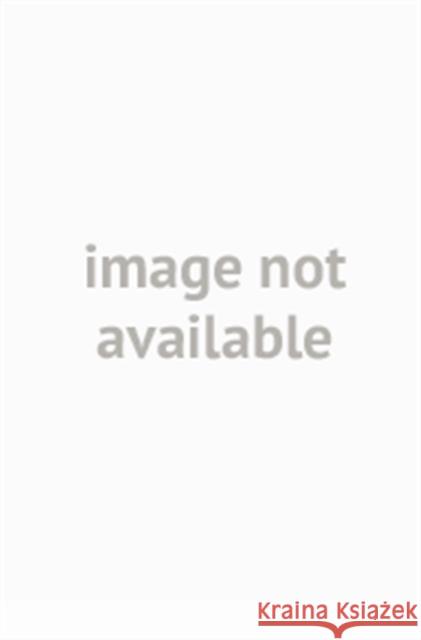The Cultural Imaginary of Terrorism in Public Discourse, Literature, and Film » książka
The Cultural Imaginary of Terrorism in Public Discourse, Literature, and Film
ISBN-13: 9781138683730 / Angielski / Twarda / 2017 / 294 str.
The Cultural Imaginary of Terrorism in Public Discourse, Literature, and Film
ISBN-13: 9781138683730 / Angielski / Twarda / 2017 / 294 str.
(netto: 670,84 VAT: 5%)
Najniższa cena z 30 dni: 654,86
ok. 22 dni roboczych
Dostawa w 2026 r.
Darmowa dostawa!
This study investigates the overlaps between political discourse and literary and cinematic fiction, arguing that both are informed by, and contribute to, the cultural imaginary of terrorism. It explores the ways in which clandestine political violence stimulates the collective imagination, a fact that has received little attention despite its cultural prominence. Whenever mass-mediated acts of terrorism occur, they tend to trigger a proliferation of threat scenarios not only in the realm of literature and film, but also in the statements of policymakers, security experts, and journalists. In the process, the discursive boundary between the factual and the hypothetical can become difficult to discern. To illuminate this phenomenon, this book proposes that terror is a halfway house between the real and the imaginary. For what characterizes terrorism is less the single act of violence than it is the fact that this act is perceived to be the beginning, or part, of a potential series, and that further acts are expected to occur. This gives terror a fantastical dimension, a fact reinforced by the clandestine nature of both terrorist and counter-terrorist operations as well as by the general reluctance to engage with the actual causes and circumstances of political violence. Supported by contextual readings of selected texts and films from The Dynamiter and The Secret Agent through late-Victorian science fiction to post-9/11 novels and films, this study argues that literary scholarship can make a genuine contribution to the interdisciplinary field of terrorism studies. Employing a discourse-analytical approach, it introduces the concept of the "cultural imaginary of terrorism" to explain the complex interplay between terrorist acts, public discourse, and literary and cinematic fiction. It will be a valuable resource for those with interests in the areas of Literature and Film, Terrorism Studies, Peace and Conflict Studies, Trauma Studies, and Cultural Studies.











